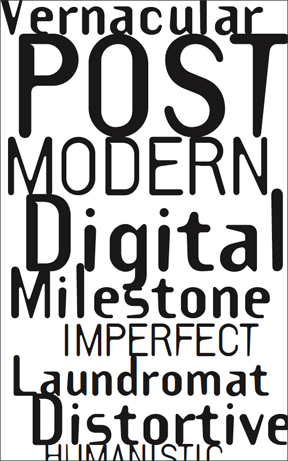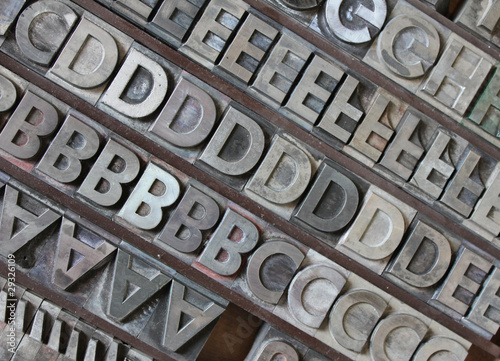Who knew that a mixture of the traditional serif font Centennial and the Pop classic VAG Rounded would be combined together creating a whole new creature called Dead History. P. Scott Makela’s new typeface designed in 1990, was designed by manipulating the vectors of readymade fonts showing a strategy in contemporary art and music. By embracing the burden of history and precedent, this typeface has played a role in every typographic innovation.
This typeface has a mixture of serif and non serif which is appealing because one area of the font is thick while the other area of the font is thick. It is similar to Bodoni, however it is more bold and gives a twist in the shape and size of the typeface.














 Romain Du Roi
Romain Du Roi
